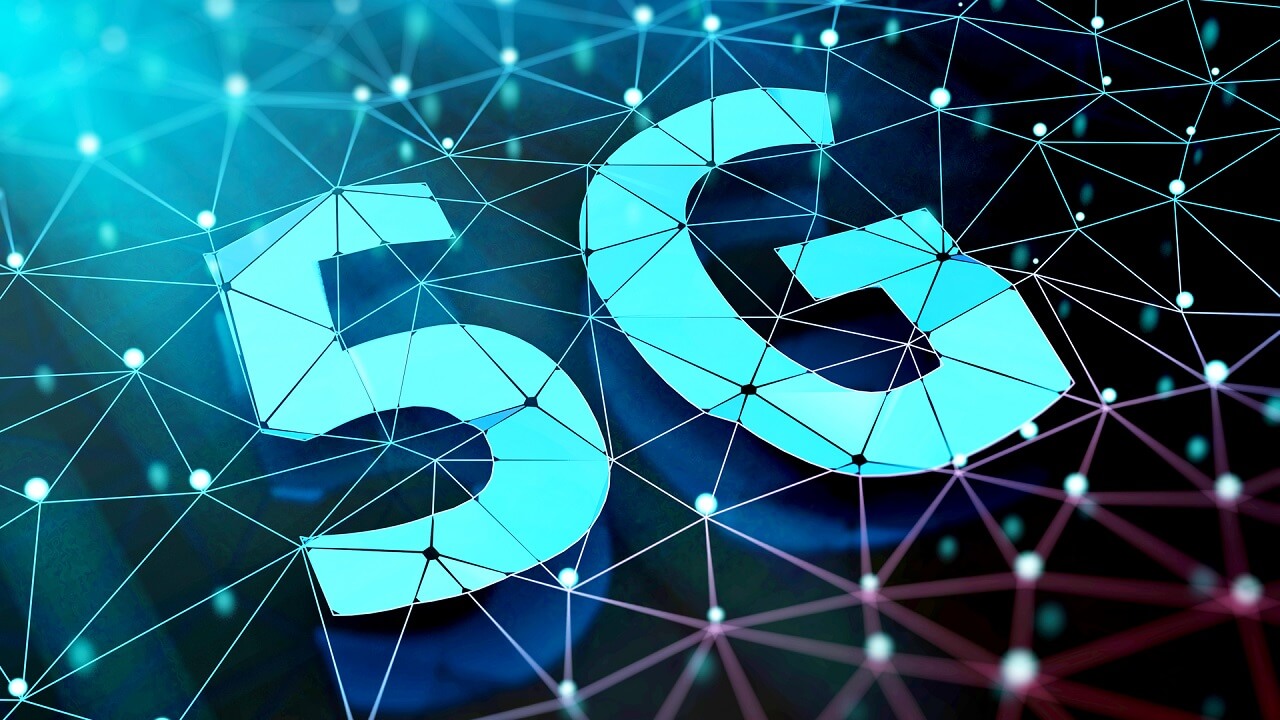What Is the Internet of Things (IoT)
From a conceptual point of view, the Internet of Things characterizes connected physical objects that have their own digital identity and are able to communicate with each other. This network creates a kind of bridge between the physical and virtual worlds.
From a technical point of view, the IoT consists of the direct and standardized digital identification (IP address, https protocols…) of a physical object thanks to a wireless communication system, Bluetooth or Wi-Fi.
Internet of Things (IoT):
Connected objects produce large quantities of data, which are stored and processed in what is known as Big Data. In logistics, this may involve sensors that are used to track goods for inventory management and routing. In the environmental field, it is about sensors monitoring air quality, temperature, noise level, the state of a building, etc.
In home automation, IoT covers all communicating household appliances, sensors (thermostats, smoke detectors, presence detectors, etc.), smart meters and security systems connected to home automation box type devices.
Related article: What actions can be automated in smart homes?
The IoT is also very visible in the field of health and well-being with the development of connected watches, connected bracelets and other sensors monitoring vital signs. According to various projections, the number of connected objects should increase significantly over the years.
The Internet of Things, sometimes called IoT or IOT, refers to all the infrastructures and technologies put in place to make various objects function via an Internet connection. We then speak of connected objects. These objects can be controlled remotely, most often using a computer, a smartphone or a tablet.
Thus, the term Internet of Things includes all physical objects and devices that have a digital identity. These can be everyday objects that are ubiquitous in homes (television, refrigerator, washing machine, heating system, electric garage door), or more complex devices or systems such as vehicles (airplanes, autonomous cars) and city lighting.
The infrastructures created enable a bridge to be established between the virtual world and physical objects thanks to information and communication technologies. Interoperability, which consists in modifying the behavior of an object according to that of other objects, is one of the main characteristics of the Internet of Things.
How does the Internet of Things work?
Each remotely controllable object has its own identity card that makes it unique and recognizable, in most cases an IP address. It is this digital identification number that will allow to find this object and to give it instructions from a computer or a cell phone.
The instructions are sent to the object in question through a communication channel: Wi-Fi, Bluetooth… For example, if you see raindrops sliding down your office windows as winter approaches, you can instruct your underfloor heating to turn on at the touch of a button from anywhere to find a pleasant temperature in your home when you return.
At the community level, the Internet of Things is enabling smart traffic lights in some cities that turn green when they detect a passing car.
What are connected objects used for?
On an individual level, connected objects offer greater comfort in our daily lives. They save a lot of time and sometimes energy. Used in various sectors of activity, the Internet of Things also aims to meet several major challenges of today and tomorrow.
For example, they offer the possibility of storing a very large amount of data. Smart cities regulate traffic or lighting in real time according to the time of day.
This technology helps to solve some of the problems of congestion in city centers and light pollution, and to reduce the carbon footprint. In sectors such as industry and agriculture, the Internet of Things leads to increased productivity and a better ability to comply with regulations.



